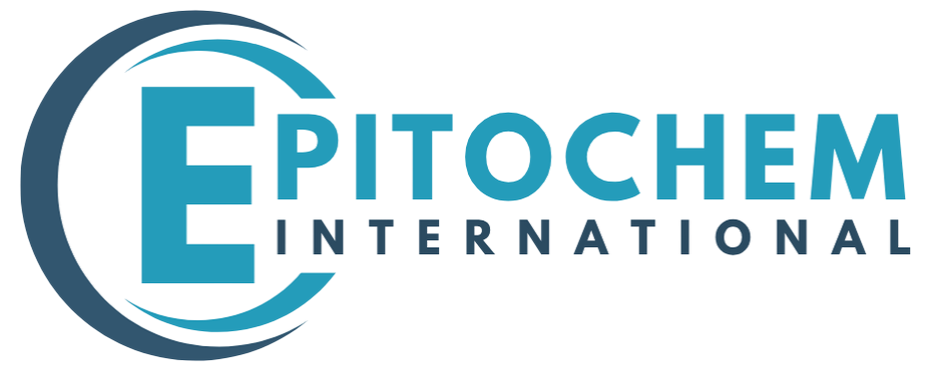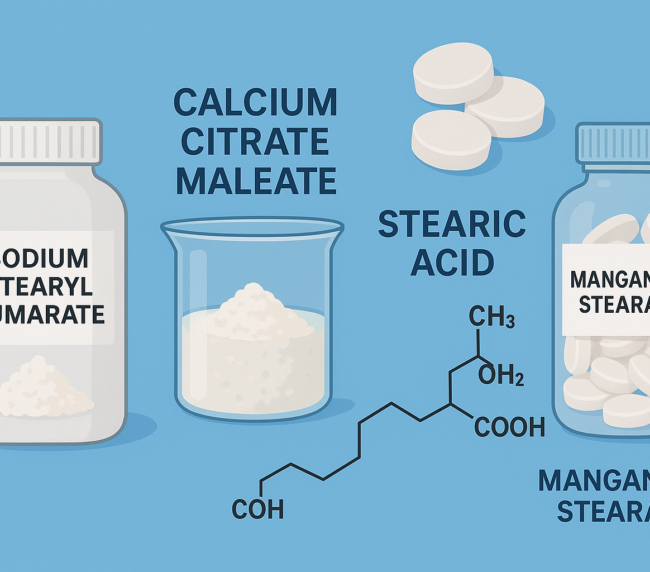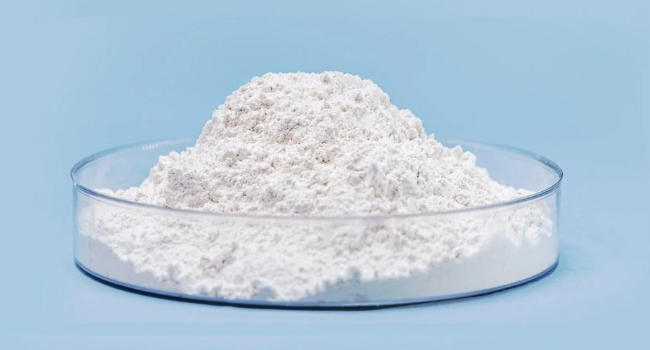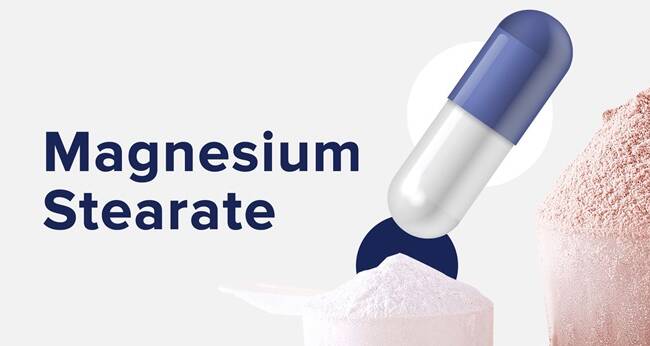
Stearic acid is a white or faintly yellow, crystalline solid or powder with a slight tallow-like odor and taste. It is a saturated fatty acid commonly used in pharmaceutical, cosmetic, and food products. The substance is derived from both animal and vegetable fats and consists mainly of stearic acid and palmitic acid. Commercial grades are defined by their stearic acid content, such as stearic acid 50, 70, or 95.
Chemical Name and CAS Registry Number :-Octadecanoic acid [57-11-4]
Functional Category :-Emulsifying agent; solubilizing agent; tablet and capsule lubricant.




